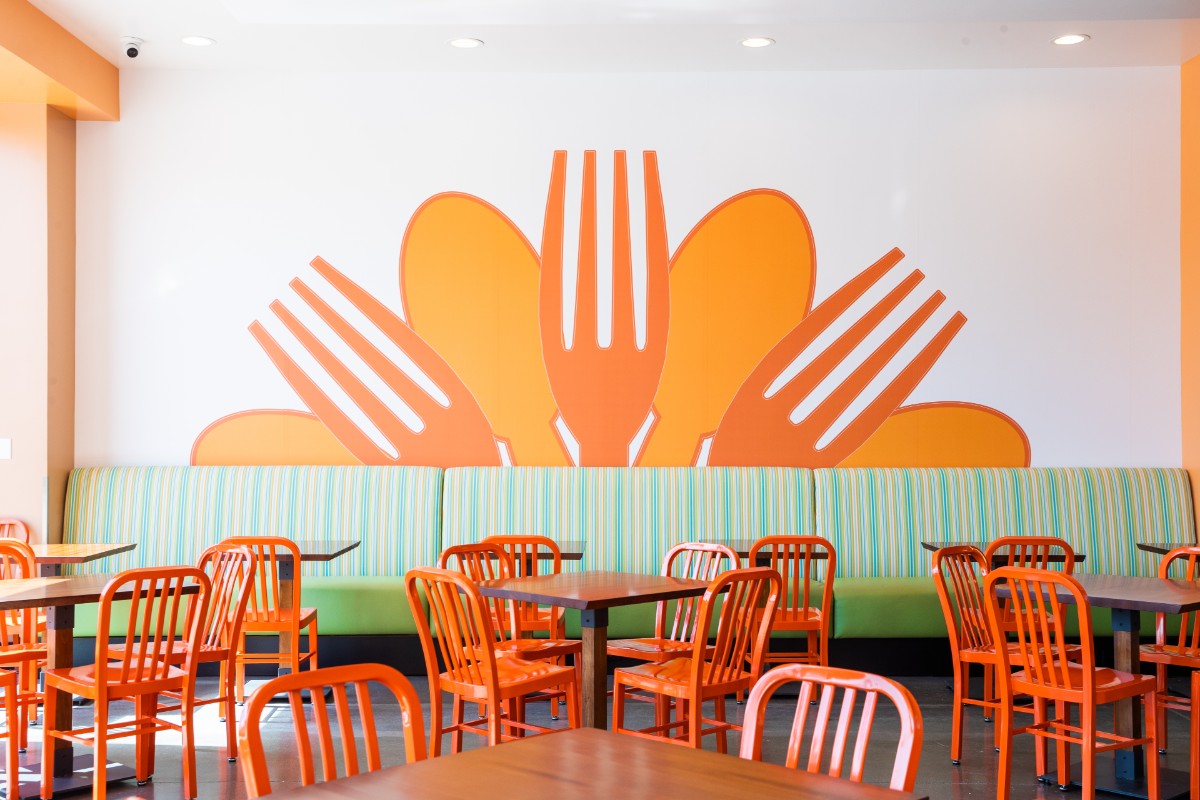Robots are the future. In certain sectors, however, that’s not anytime soon.
Companies have been trying out automatons to serve food in restaurants, make home deliveries or do chores in stores, partly in hopes of easing the worker shortage. But some of those consumer-facing robots aren’t passing probation.
Among the disenchanted, FedEx Corp. said last month it was powering down Roxo, its last-mile delivery robot, to prioritize several “nearer-term opportunities,” a spokeswoman said. Also in October, Amazon.com Inc. said it was ending field tests of Scout, its home-delivery robot, after learning that some aspects of its “unique delivery experience” weren’t “meeting customers’ needs,” a company spokeswoman said.
And over the summer, DoorDash Inc. said it was shutting down its Chowbotics business—best known for Sally, the salad-making robot—roughly 18 months after buying it.

“While we gained valuable insights into how to better serve this market, we concluded our current approach was not meeting our very high thresholds for continued investment,” a DoorDash spokesman said.
Companies have entertained hopes that the growing variety of robots could help them not only weather the worker shortage, but speed up labor-intensive tasks, improve customer service by reducing the number of things the human workers have to do, and as an added bonus, position their brands as innovative and forward-leaning.
Some of those efforts have been successful, at least partly. Others have ground to a halt, sending companies back to technology that is less sci-fi, but can be deployed more quickly and cost-effectively.
Copyright © 2024 Dow Jones & Company, Inc. All Rights Reserved.

